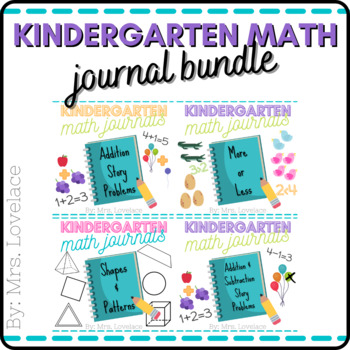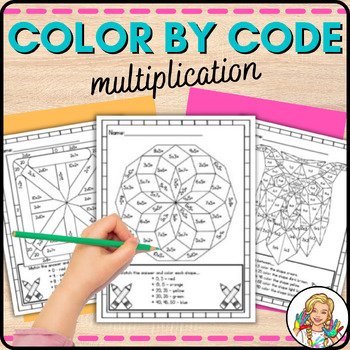My schedule as a K-2 Math teacher:
8:00-8:30 Morning Meeting with homeroom class
8:30-9:15 Specials
9:15-10:45 Math instruction for Kindergarten
10:45-11:30 Recess/Lunch
11:30-1:50 Math instruction for 1st grade
1:50-2:30 Math instruction for 2nd grade (homeroom class)
Here's an explanation from their website:
Project CHILD (Changing How Instruction for Learning is Delivered) is a research-based teaching and learning system for grades K-5. The emphasis is on reading, writing, and mathematics. Science and social studies topics are incorporated throughout.
CHILD is a three-dimensional model that differs from the one-dimensional traditional model designed around a single teacher in a single grade. The CHILD triangulated design changes the traditional classroom in several dynamic ways.
Three teachers form cluster teams -- one teacher for reading, one for writing, and one for mathematics. Clusters teams work across three grade levels - K-2 for a primary cluster and 3-5 for an intermediate cluster. Teachers work with the same students for three years.
After direct instruction from the teacher, students work independently at three types of learning stations within their cluster. Students rotate to the three classrooms in their cluster. Each classroom has a Computer Station for technology-based work, a Textbook Station for paper/pencil work, and three Activity Stations for hands-on work. There is also a Teacher Station for small group tutorials and individual assistance.
The original research began in 1988 at Florida State University. Dr. Sally Butzin is the senior author. Since then there have been annual updates, along with numerous independent studies that document the effectiveness of the CHILD instructional system. CHILD students have significantly higher academic achievement and better behavior than their peers in traditional classrooms. Parent support and enthusiasm is also very high.




